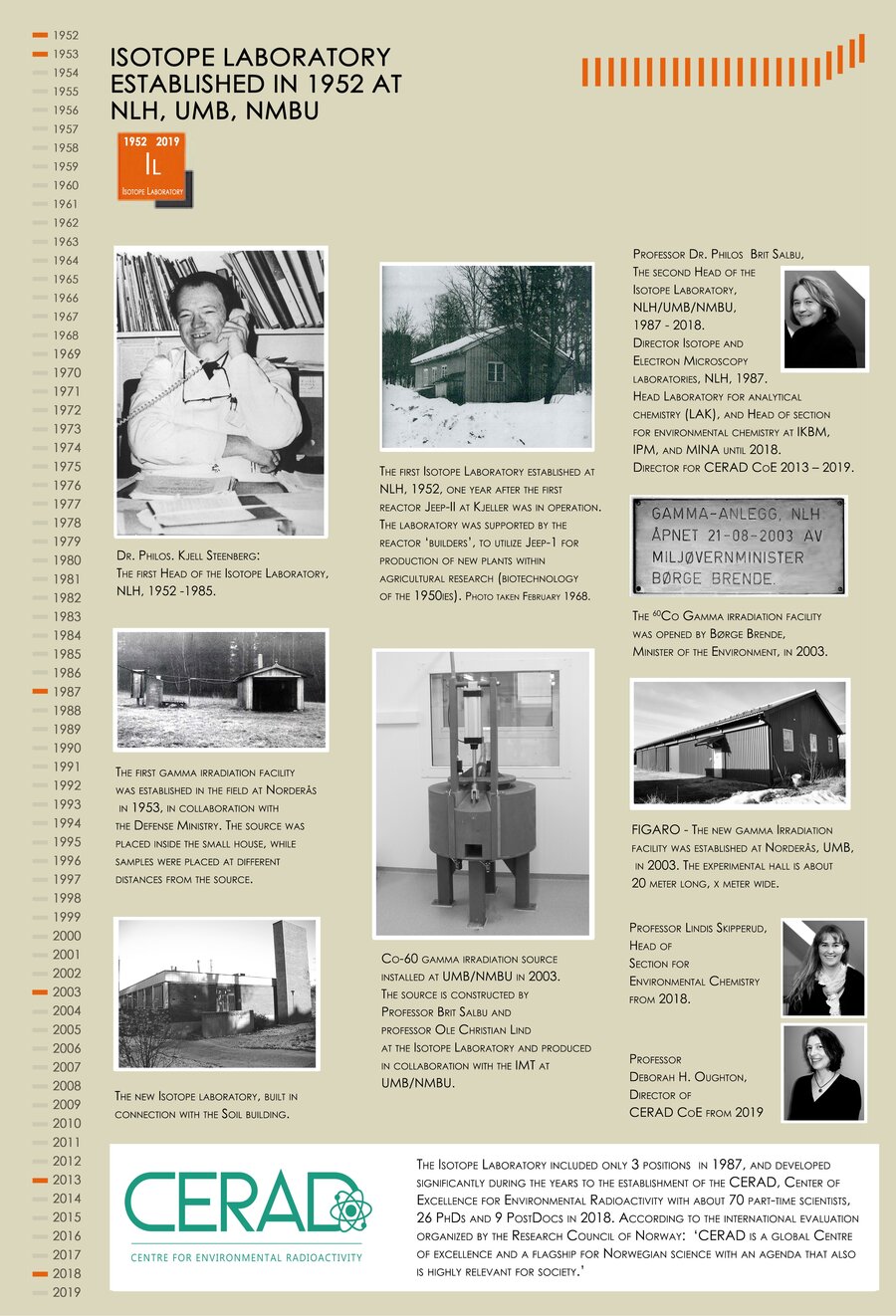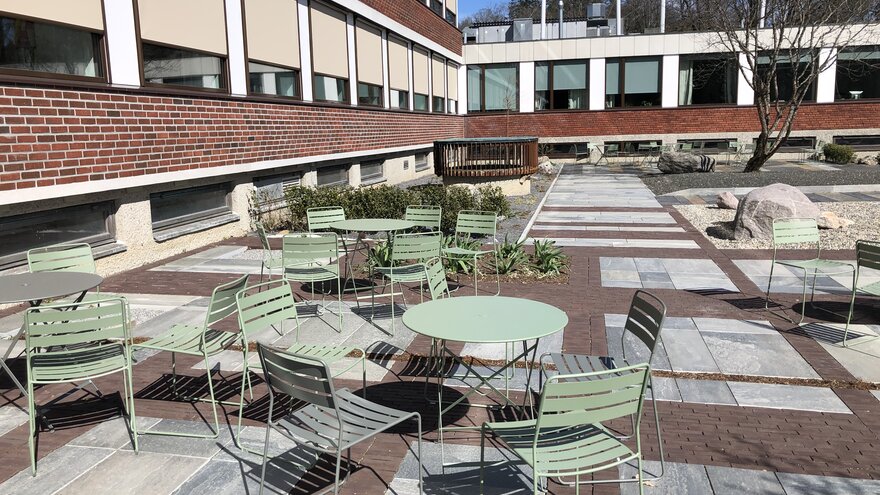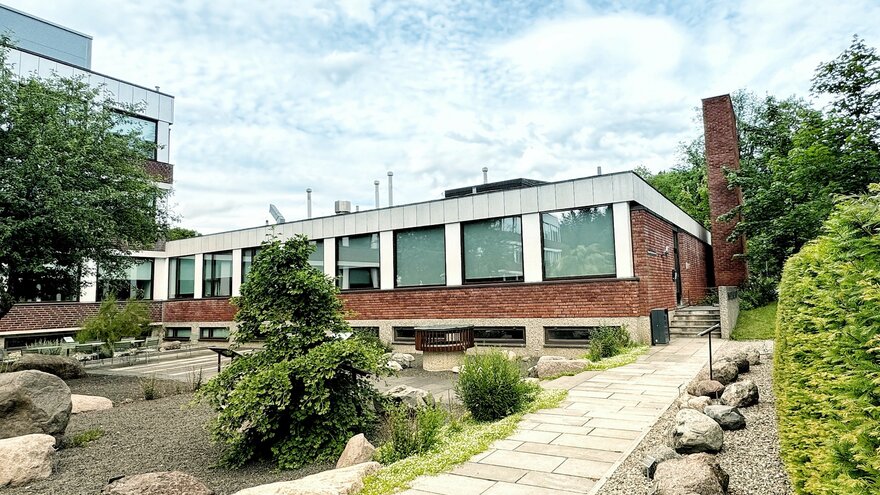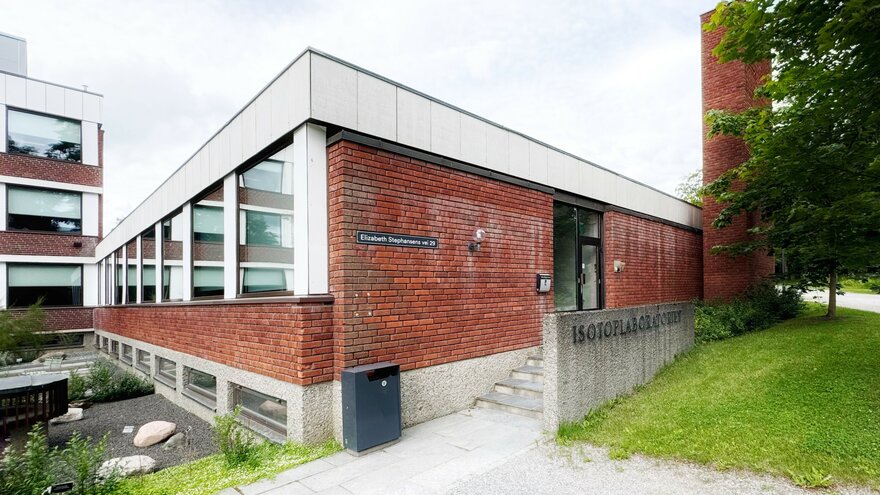The Isotope Laboratory 1966
The isotope laboratory was built around 1966/1967. “The Isotope”, as it is called, was added in connection to the Earth Science Building which was constructed during the same period. Leif Olav Moen was the architect.
The isotope laboratory has a gross area of 1590 square meters. It was financed by the Norwegian Agricultural Scientific Research Council, while the Earth Science Building was financed through the state budget.
The academic community began using radioactive nuclides in agricultural research and was heavily involved in the research after the Chernobyl accident in 1986. The environment has had a number of EU projects in radioecology, radiation protection and preparedness over the years. NMBU hosted CERAD - a center for excellent research from 2013 to 2023, funded by the Research Council of Norway. In the period from 1950 onwards, gamma sources were established in a couple of other places on the university’s area, and as early as 1952, the first isotope laboratory was established in the form of a small shed. A new facility, on a slightly larger scale, was established at Norderås in 2003. The Co-60 irradiation source was installed in 2003, and was officially opened by then Minister of the Environment Børge Brende. The facility was upgraded in 2012 and was named Figaro. In connection with the work done in the isotope laboratory, a laboratory has also been set up in the fish barn for possible studies of the uptake of radionuclides in fish.
In 2023, NMBU received new study places earmarked for nuclear subjects. The same year, the Isotope Laboratory’s academic environment became part of the Norwegian Nuclear Research Center (NNRC) along with the University of Oslo (UiO) and the Institute for Energy Technology (IFE).



